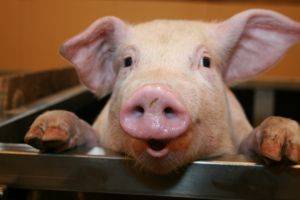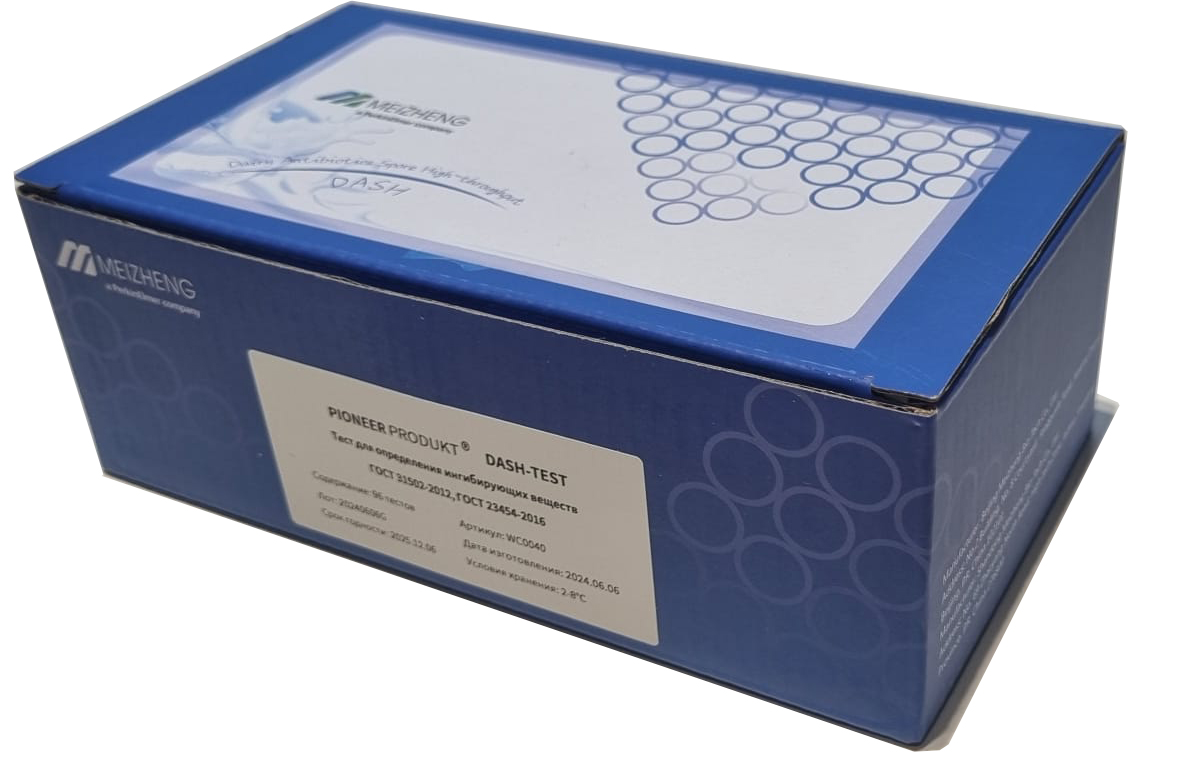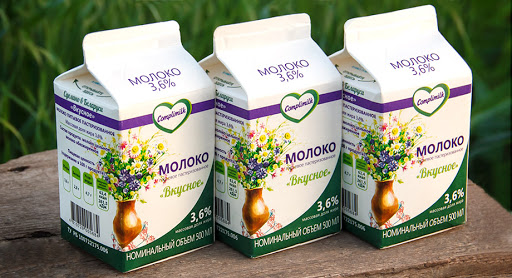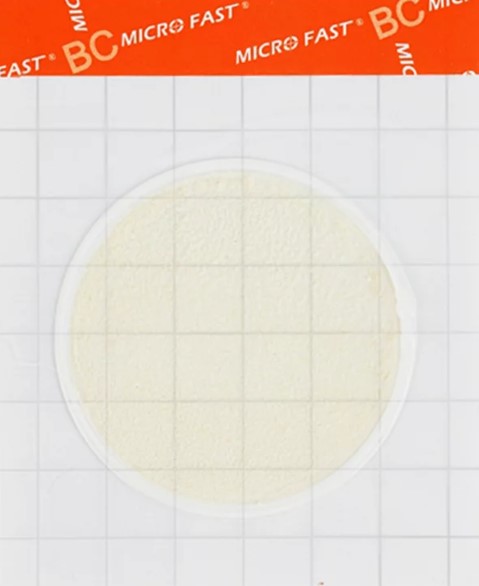India has developed its own vaccine against lumpy skin disease in cattle
In a major breakthrough, two Indian Institutes of Agricultural Research, ICAR, have developed a local vaccine against lumpy skin disease in cattle, which has spread throughout the country over the past few months. Veterinary Research (IVRI).
The government plans to commercialize this "Lumpi-ProVacInd" vaccine as soon as possible to control lumpy skin disease that has led to cattle deaths in six states.
As of 8 August, 2111 cattle deaths due to lumpy skin disease have been reported in Rajasthan, followed by Gujarat (1679), Punjab (672), Himachal Pradesh (38), Andaman and Nicobar (29) and Uttarakhand (26).
“Scientists have been making efforts to develop this vaccine since an outbreak of lumpy skin disease was first reported in Odisha in 2019. The vaccine is now in production and we will now move forward to ensure that this vaccine reaches farmers who have cattle,” said Fisheries, Livestock and Dairy Minister Parshottam Rupala.
He emphasized that the spread of lumpy skin disease has become a serious problem, therefore, although there is a protocol for the commercialization of vaccines, the livestock department of the Ministry of Agriculture will think about how it can be accelerated. The cost per dose will be 1-2 rupees, and immunity induced by homologous live attenuated lumpy skin vaccines usually lasts for at least one year.
Sheep pox virus (SPV) and goat pox virus (GPV) vaccine (heterologous vaccine) is generally approved in India to induce cross protection against lumpy skin disease in bovine animals when a homologous vaccine is not available.
However, heterologous vaccines provide partial protection and are not as effective as homologous vaccines.
Scientists at NRCE isolated the virus in 2019 itself and have been developing a live homologous vaccine ever since. Experimental tests were carried out on cows and buffaloes of all age groups, including lactating and pregnant animals.
Lumpy skin disease is primarily a disease of cattle, although it can cause disease in camels, deer, and horses.
"Because of its recent spread to non-natural hosts, there is growing concern about zoonotic consequences, although there is no supporting evidence of LSD in humans from livestock," ICAR said in a statement.
Read together with it:
- О самых распространенных причинах пожаров рассказали в МЧС2 октября, Минск. О самых распространенных причинах пожаров рассказал начальник главного управления надзора и профилактики МЧС Дмитрий Турчин на "Предупреждение чрезвычайных ситуаций в осенне-зимний период. Профилактика пожаров и гибели людей от них", которая прошла в БЕЛТА. "В республике наблюдается рост количества пожаров на 7,7%, и на 1......
- Фермер из Увата получил грант на строительство мясоперерабатывающего заводаПолученные средства будут направлены на строительство производственных мощностей для переработки мяса абердин-ангусов и овец породы дорпер. В планах фермерши - начать выпуск высококачественной говядины, баранины и полуфабрикатов, а также обеспечить местное население Уватского округа продукцией собственного производства с 2......
- Премьер Финляндии призвал ЕС быть оборонным союзом, а не торговым блокомЧтобы избежать потенциальной угрозы от «враждебных государств», Евросоюз должен укреплять оборону и сотрудничать в данной сфере, заявил финский премьер Орпо. Он отметил, что это не будет значить, что Брюссель «вытесняет» НАТО Петтери Орпо Евросоюз должен взять на себя «беспрецедентные полномочия», чтобы защититься от «растущих угроз». Об этом сказал премьер-министр Финляндии Петтери Орпо, сообщает...
- "Cardboard Superpower." What is Poland prepared to take into 2026?Photo: Unsplash The Polish government has submitted its draft 2026 budget to the Sejm. In short, the hole in the Polish budget is growing even wider, and the national debt is on the verge of skyrocketing. Meanwhile, military spending is breaking records, cementing Poland's status as NATO's leader in defense spending as a percentage of GDP. However, the value of such leadership is questionable. Or ...
- США могут стать вторым по величине рынком сбыта парагвайской говядиныДоктор Хосе Карлос Мартин Камперчиоли, президент Национальной службы здоровья и качества животных (Senacsa), рассказал о производстве мяса на экспорт в нашей стране. Ожидая окончательного заявления от Тайваня, он сообщил, что в настоящее время существует 101 рынок, заявив, что к 2025 году США станут для страны вторым по значимости рынком. Он пояснил, что внутренний рынок несколько напряжен из-за с...





























































